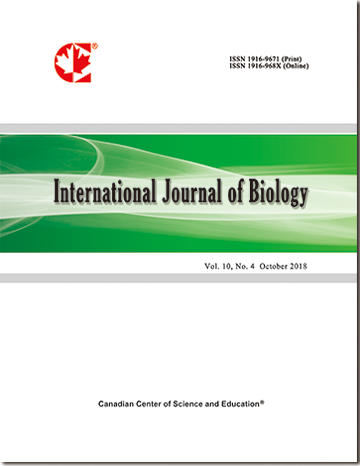Abstract
Confusion has afflicted the definition of
symbiosis for over 130 years. Despite the lack of discussion in recent times, the usage of symbiosis has evolved and appears to be stabilizing to broader interpretations. Current usage of symbiosis and its associated terminology in 10 current general biology (GB) and 10 general ecology (GE) textbooks is presented. The restrictive definition (i.e. symbiosis = mutualism) has essentially disappeared. All GB textbooks (100%) surveyed used an explicit or implicit “de Bary” definition of symbiosis (i.e. mutualism, commensalism, and parasitism), while only 40% of GE textbooks did the same. General ecology textbooks also included 30% defining symbiosis to constitute all species interactions and 30% that completely avoided usage of the term. When combining GB and GE textbooks to analyze symbiotic usage, 85% defined mutualism, commensalism, and parasitism as symbiotic interactions. Also, 70% considered a symbiosis to be a species interaction that is “intimate,” with 45% of those both “intimate and constant.” Unfortunately, only 5% used the terms
ecto-/
endosymbiosis, which help discern intimacy and constancy in species interactions. Usage of
symbiont (55%) was preferred over
symbiote (0%). Predator and prey were defined as organisms (vs. animals) in 90% of GB and GE textbooks, while 55% and 75% described
carnivores and
herbivores as organisms, respectively. Only 25% discussed predation, parasitism, parasitoidism, and grazing/herbivory, with only one (5%) integrating these +/-
agonistic interactions in relation to intimacy and lethality. Data reveals trend of biologists/ecologists using broader definitions.
 PDF
PDF
